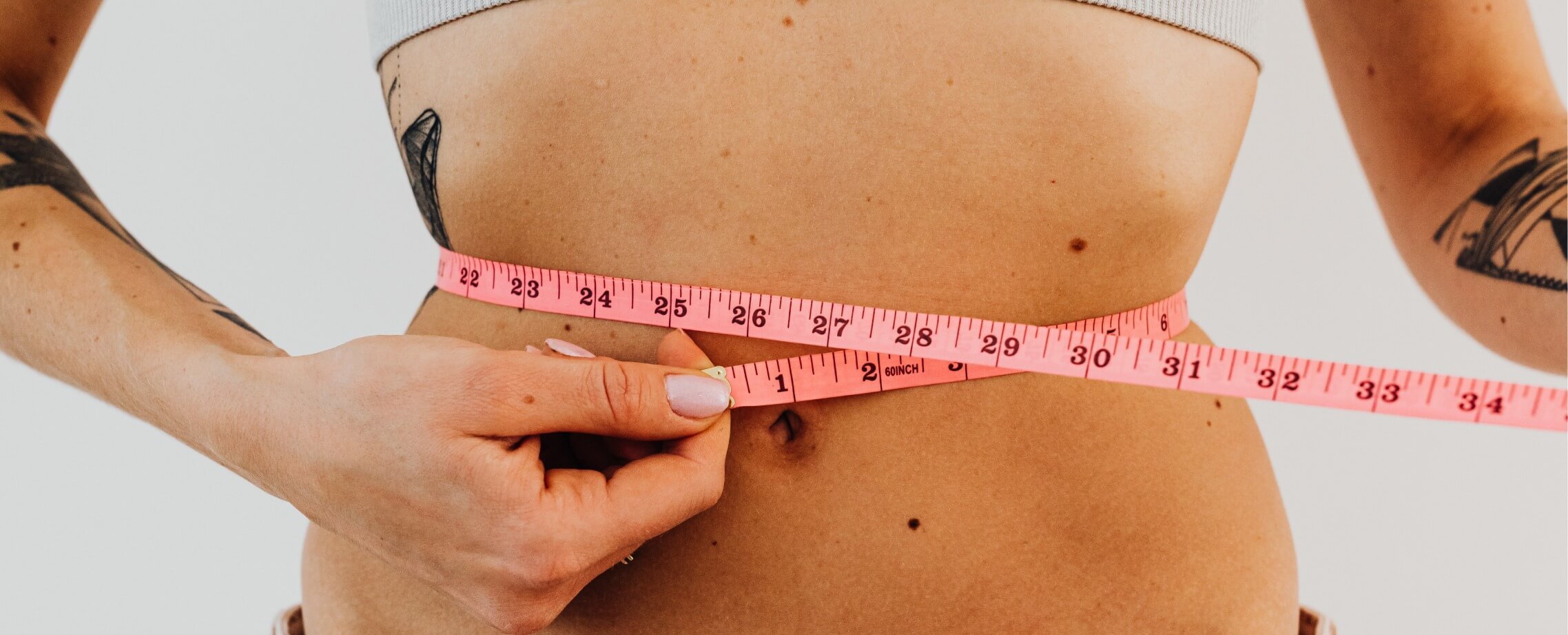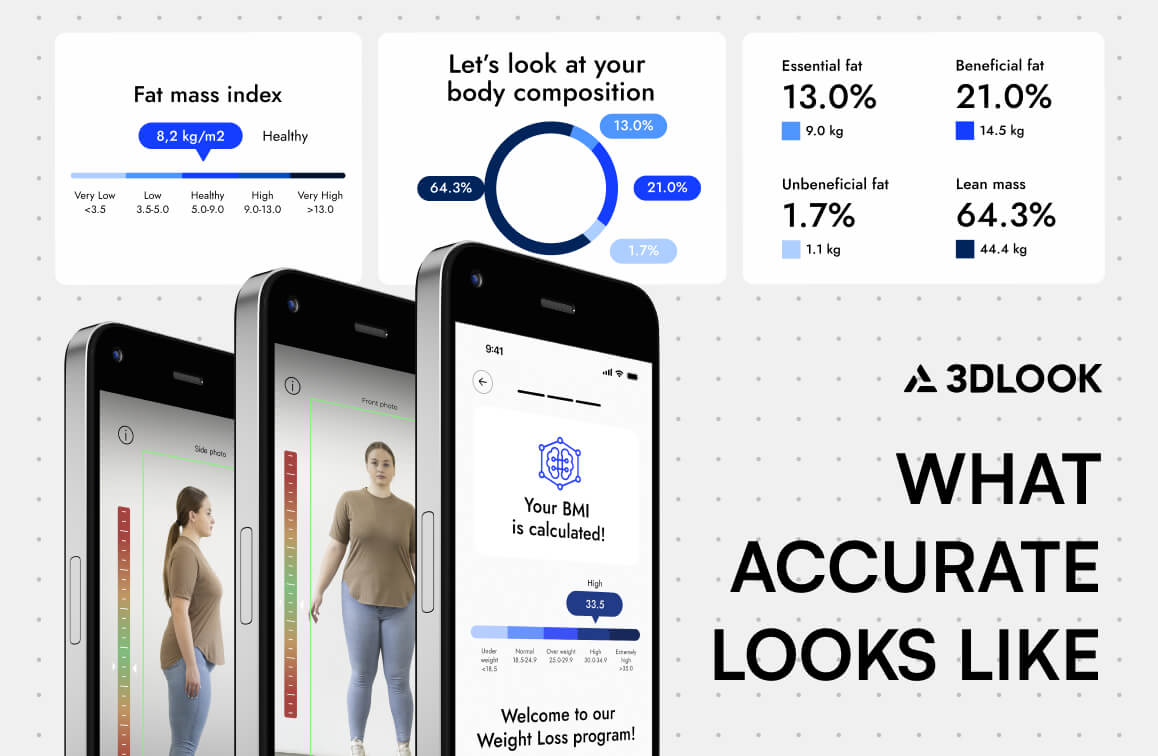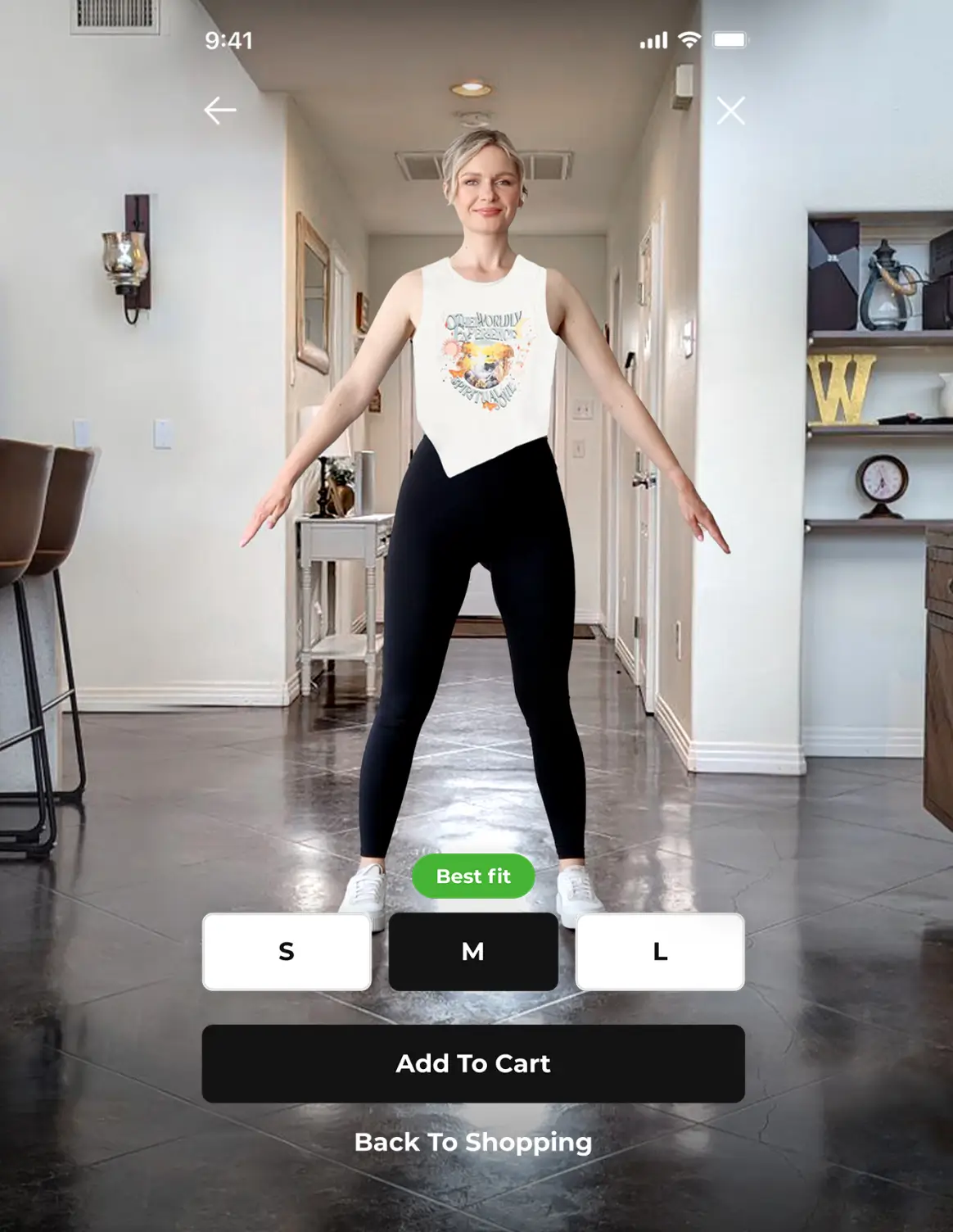Learning how to measure your body at home properly is crucial to getting clothes that fit right, but with virtual body measurements, getting your next made-to-measure garment to fit right could become remarkably easier.
You can likely place yourself on a size chart from XXS to XXL, but how many times has your usual size come up too short, too baggy, or too tight? The incorrect size and fit, according to Narvar’s The State of Online Returns report, is responsible for up to 40% of fashion returns. This costs the industry $550 billion annually and leaves behind a mountain of waste that most often ends up in a landfill or an incinerator.
In order to end your struggles with poor fit and do your part to create a more sustainable fashion industry, learning how to properly measure your body is imperative.
How to take body measurements for clothing manually
Equipped with a measuring tape, it’s possible to capture the points of measurement (POM) that you will need to improve the fit of your next purchase. While the process may seem simple enough, consumers often struggle with questions such as ‘Where do I measure my waist?’ and ‘How do I measure my hips?’. Understanding where to start and end measurement is vital to ensuring fit accuracy. Follow the steps below to capture your essential POMs:
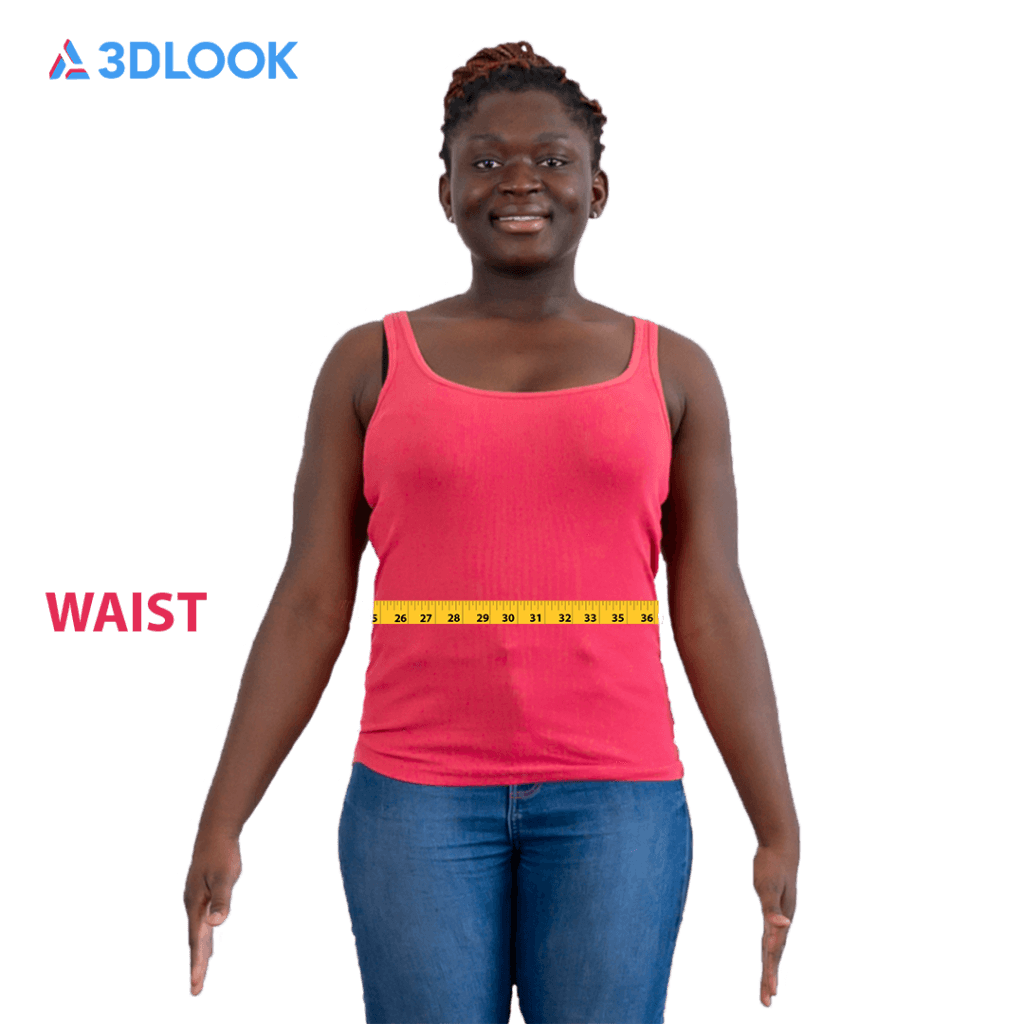
Waist: To capture waist measurements, place the measuring tape on your natural waistline, between your belly button and your rib cage. Like putting on a belt, wrap the tape around your circumference back to the starting point.
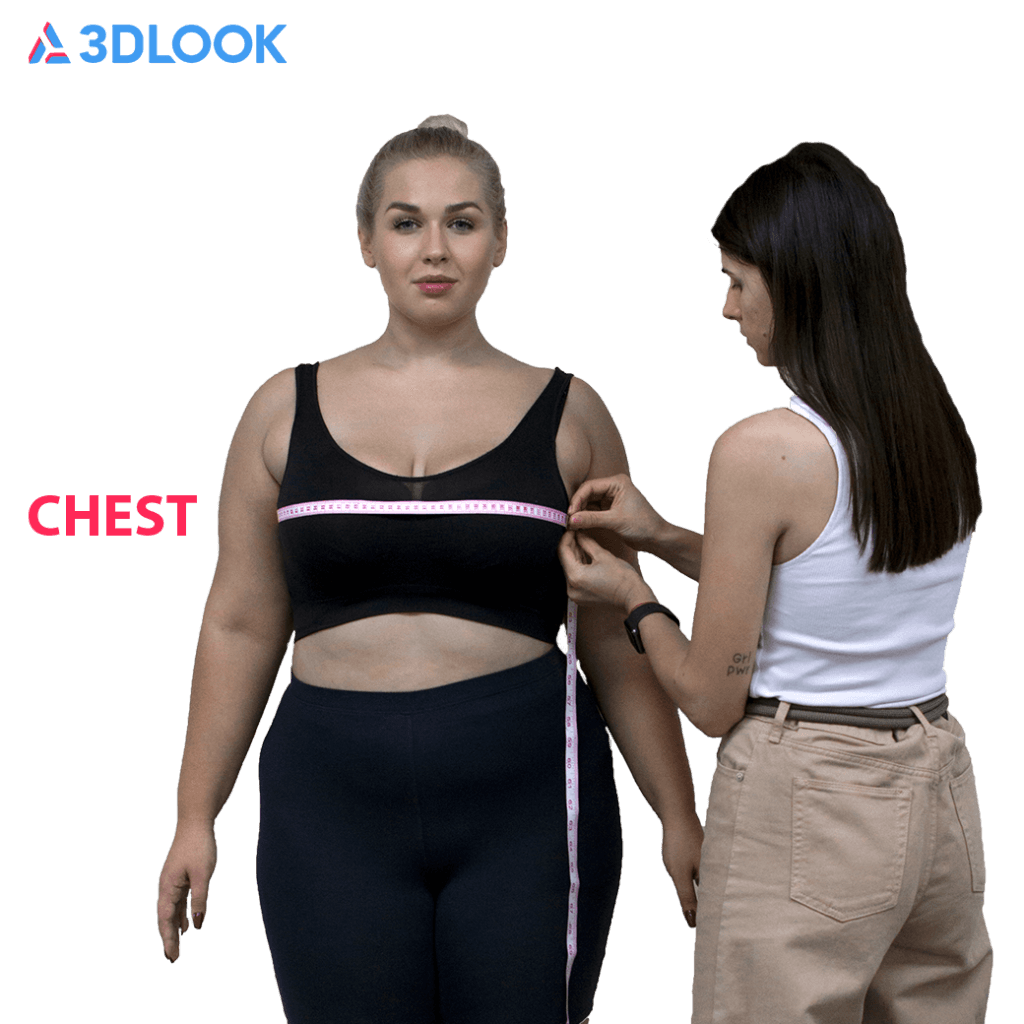
Chest: Place the tape measure on the fullest part of your bust. Wrap the tape around your circumference back to the starting point, going underneath your armpits and across your shoulder blades.

Hips: Place the tape measure on one of your hips and wrap it around your rear, moving over the fullest part of your buttocks to your other hip, and then across your front back to the starting point.
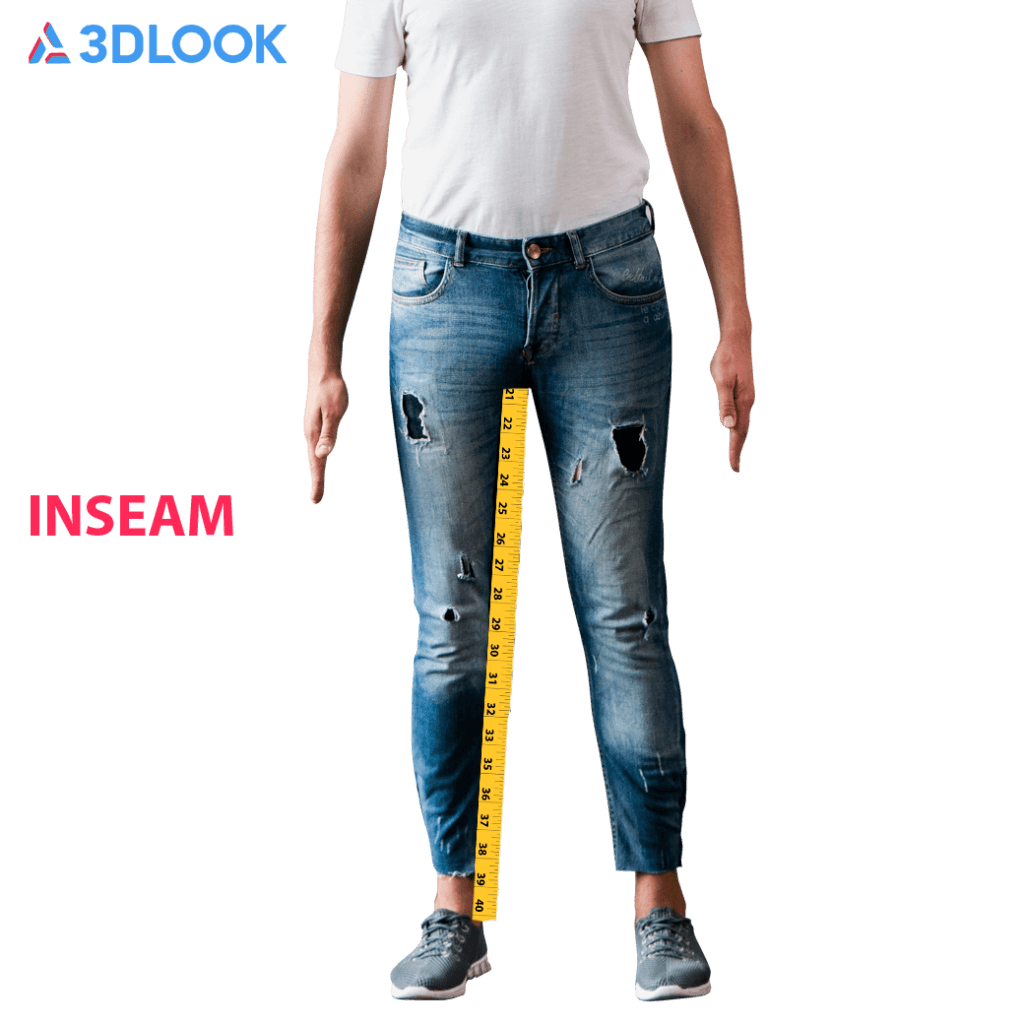
Inseam: Place the tape measure on the topmost part of your inner thigh and measure down to the bottom of your ankle. If you’re unable to measure this yourself, consider measuring your best fitting pants instead.

Thigh: Place the tape measure on the fullest part of your thigh. Wrap the tape measure around the circumference of your thigh, around the back, and across the front back to the starting position.
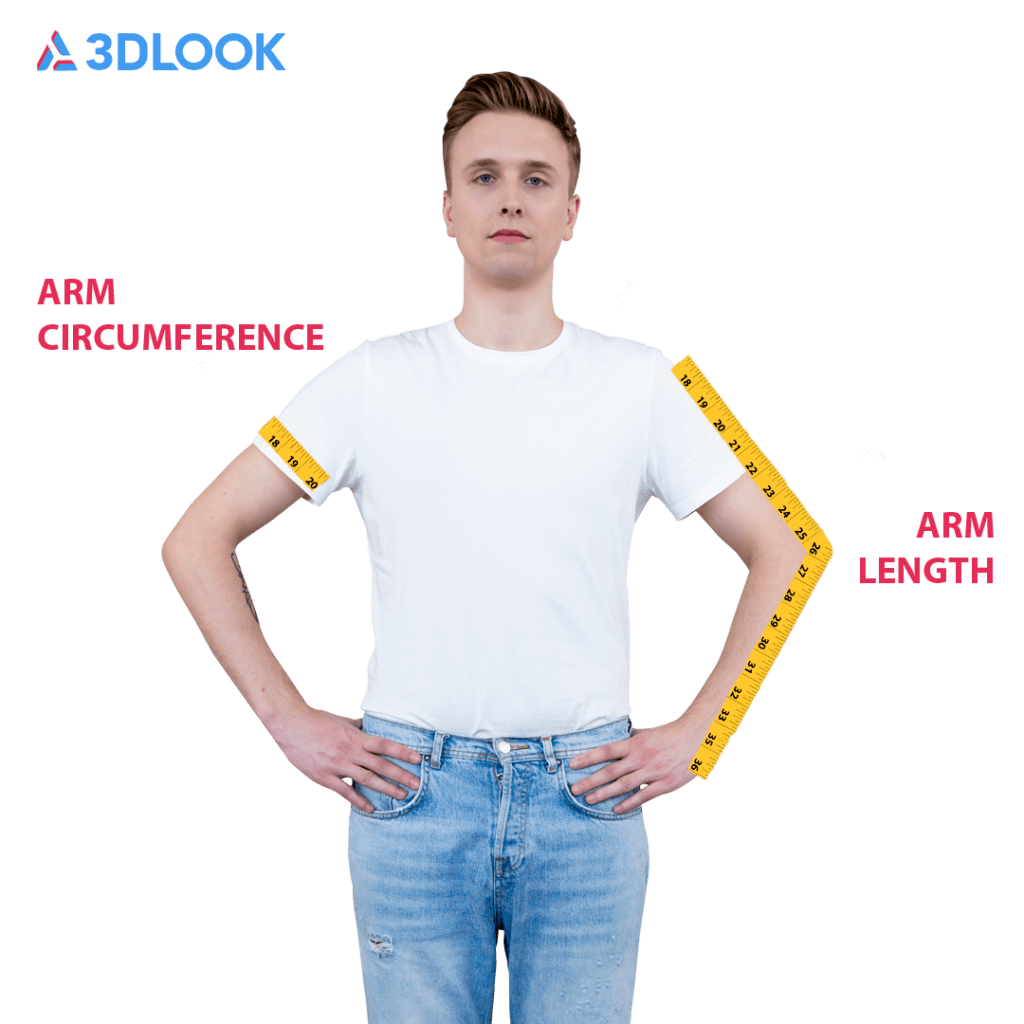
Arm: To measure the circumference of your arm, place the tape measure on the widest part of your upper arm. Measure around the circumference until you reach your starting point.
To measure the length of your arm, start by placing your hand on your hip, so your elbow is bent at a 90-degree angle. Place the tape measure on the back of your neck at the middle point, and measure to your shoulder. Then measure from this point down to your elbow, and again from your elbow to your wrist. Add these measurements together to get your arm length.
How to properly measure your body: Tips for perfect body measurements
- Relax, breathe as you normally would, and don’t hold in your stomach.
- Wear as little as possible! If bare skin isn’t possible, opt for tight-fitting garments that hug your skin.
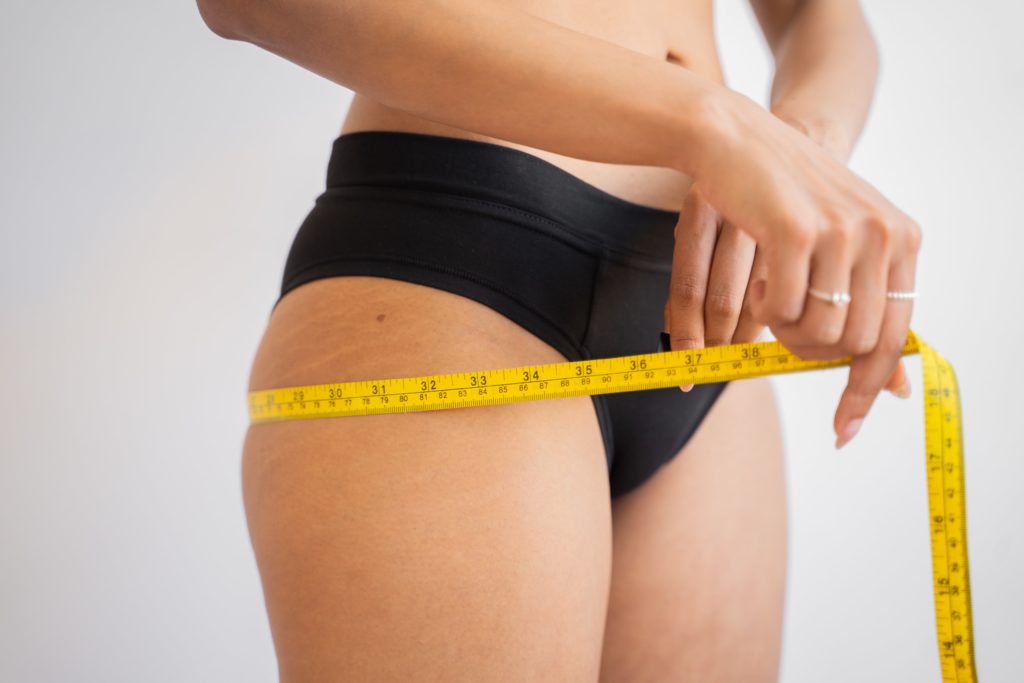
- Consider when you will wear the garment and measure at an appropriate time. Your body in the morning is significantly different from when you go to sleep.
- Consider the undergarments you will wear with the garment you’re measuring for and wear something similar.
- Use a cloth measuring tape. Metal tapes are less pliable and prone to kinking, which will skew your results.
- Measure in front of a mirror so you can see exactly where you’re placing the tape measure.

- Pull the tape snug, but not tight. You should be able to fit one finger behind the tape, but no more than that.
- Don’t rely on averages. 3DLOOK data shows that average female body measurements vary considerably. An average hip width of 37.5” captured in New Jersey, for instance, would be too small for those in Florida, where the average is 42.8”.
- No matter how tempted you are to cheat, be honest! Even minor inaccuracies will result in ill-fitting, uncomfortable garments.
Virtual body measurements: Accurate results, minimal effort
Rather than taking your own measurements, when possible, customers should always seek the help of a professional tailor. Not only are some areas hard to reach, resulting in imprecise results, but study after study shows that we are prone to dishonesty when it comes to our bodies — a past study by the University College of Cork found that we tend to take a few pounds from out weight and add a few inches to our height when answering questions on our size and fit.
By using a tailor, you can ensure that measurements are captured correctly, free from inaccuracy (and the desire to cut a few centimeters off of your waistline).
A professional tailor will be able to provide a greater range of measurements with precision. However, fitting sessions have their cons too. Not only are they long, inconvenient, and often uncomfortable, but tailors are only human. Like anyone, they’re prone to fatigue, loss of concentration, and error that results in ill-fitting garments.
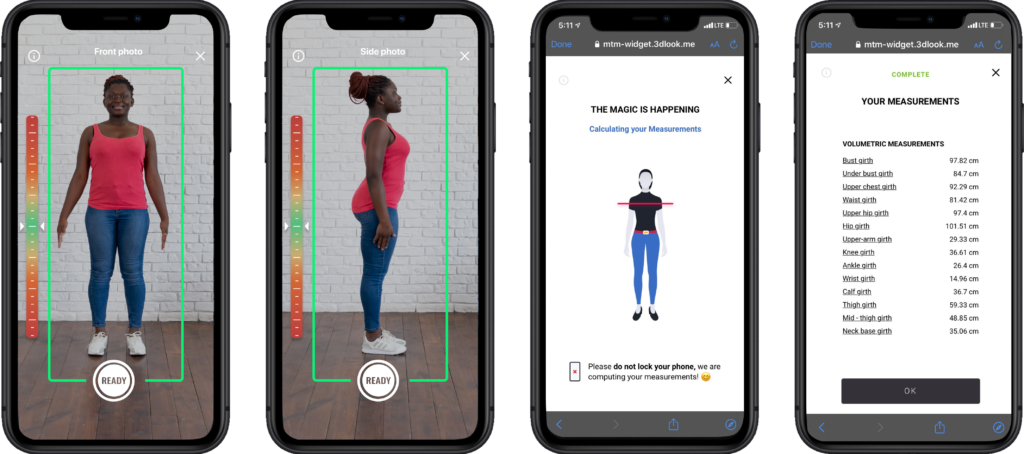
Digital body scanning offers a far more convenient solution. While a bespoke tailored suit typically requires the customer to attend two or three fitting sessions, each 20-30 minutes long, virtual measurement solutions such as 3DLOOK’s Mobile Tailor reduce the measurement collection process down to just a few minutes, and all from the comfort of your home.
A simplified fitting process for MTM
Collecting virtual body measurements makes sense for made-to-measure businesses, too, especially in a climate where manual tailoring sessions are challenging at best. Amid the pandemic, with health and safety a priority, many businesses have been relying on measurements taken by consumers to continue providing made-to-order fashion. With Hands-Free mode integrated into all 3DLOOK solutions, Mobile Tailor offers a way to do so without compromising accuracy and fit.

Not to mention, how likely is it that the average customer has a measuring tape lying around? On the other hand, their smartphone is almost certainly within reaching distance.
Don’t take our word for it — see for yourself just how effective a virtual body measurements solution can be with a 7-day trial of 3DLOOK’s Mobile Tailor solution.
Start a trial